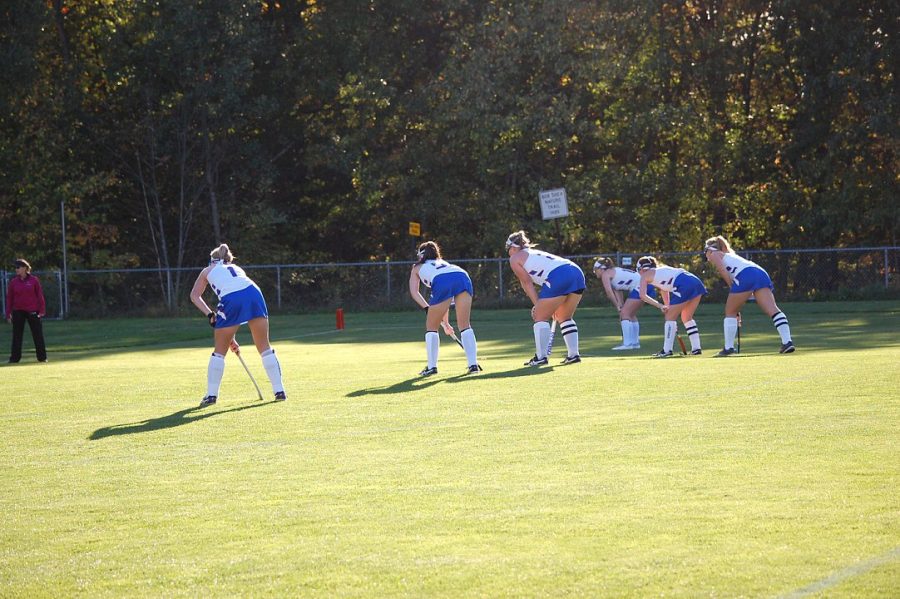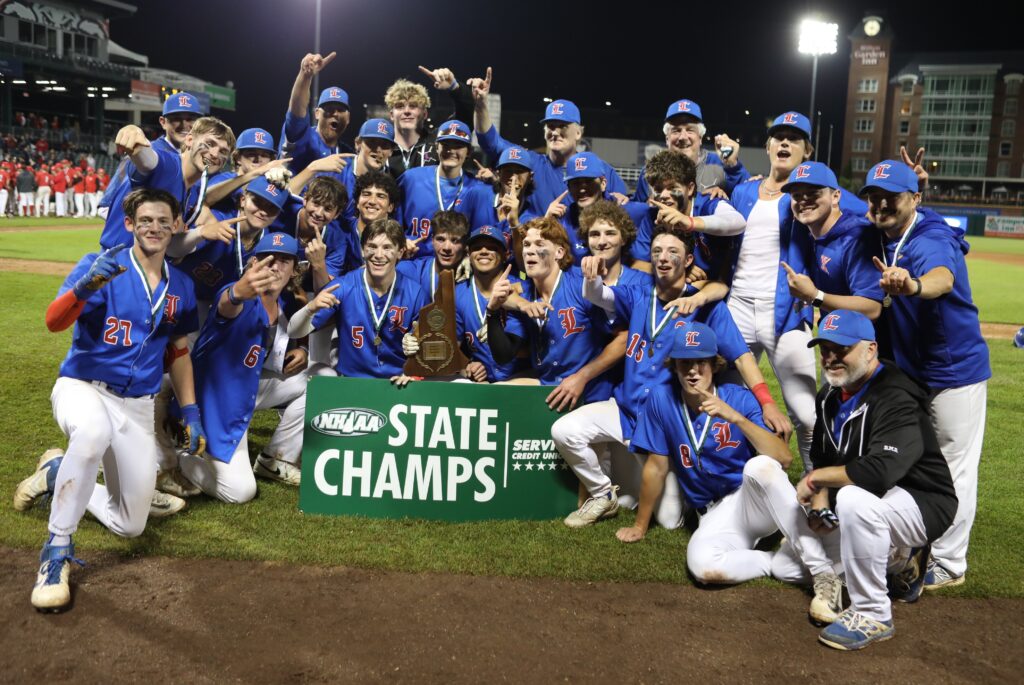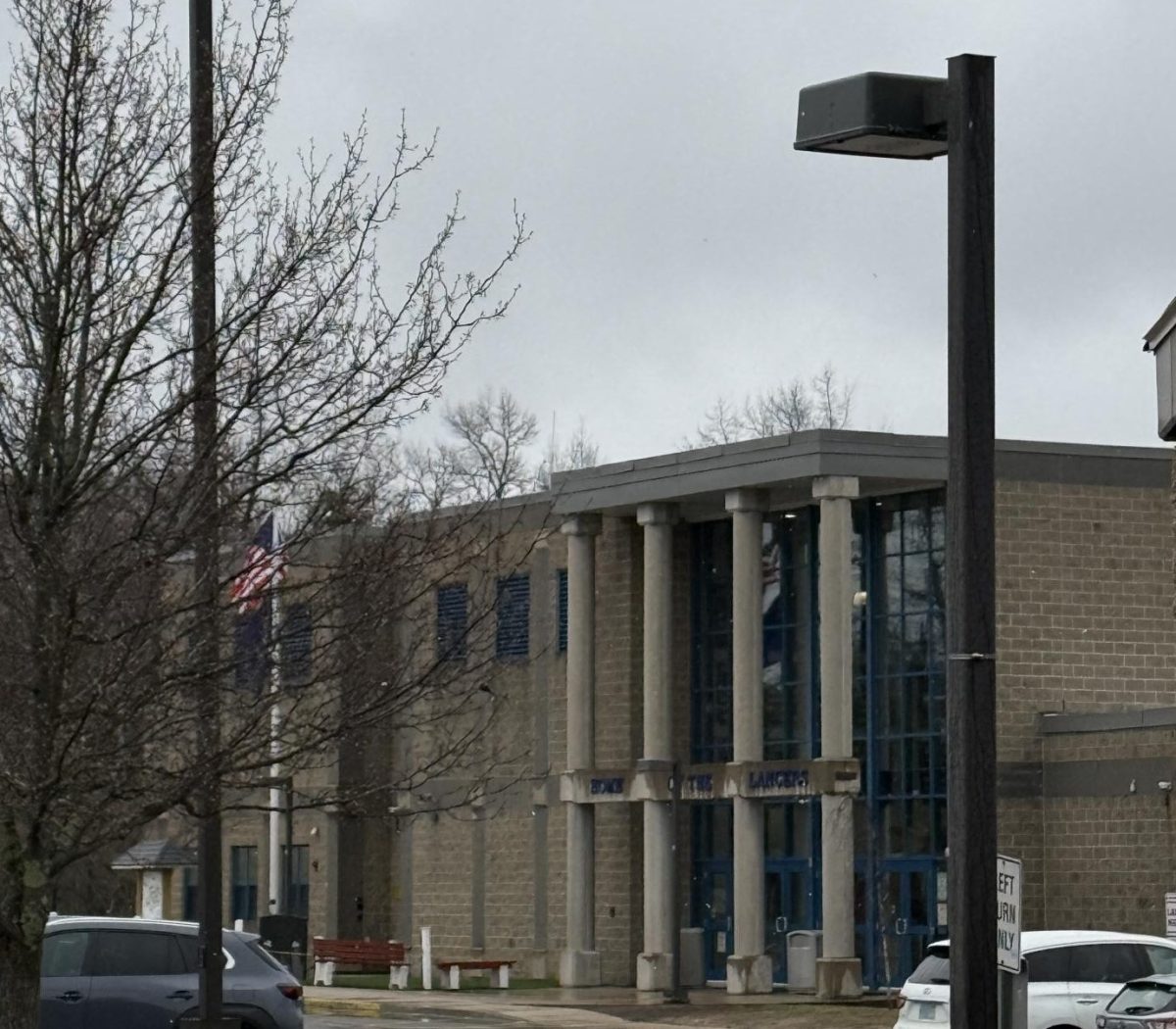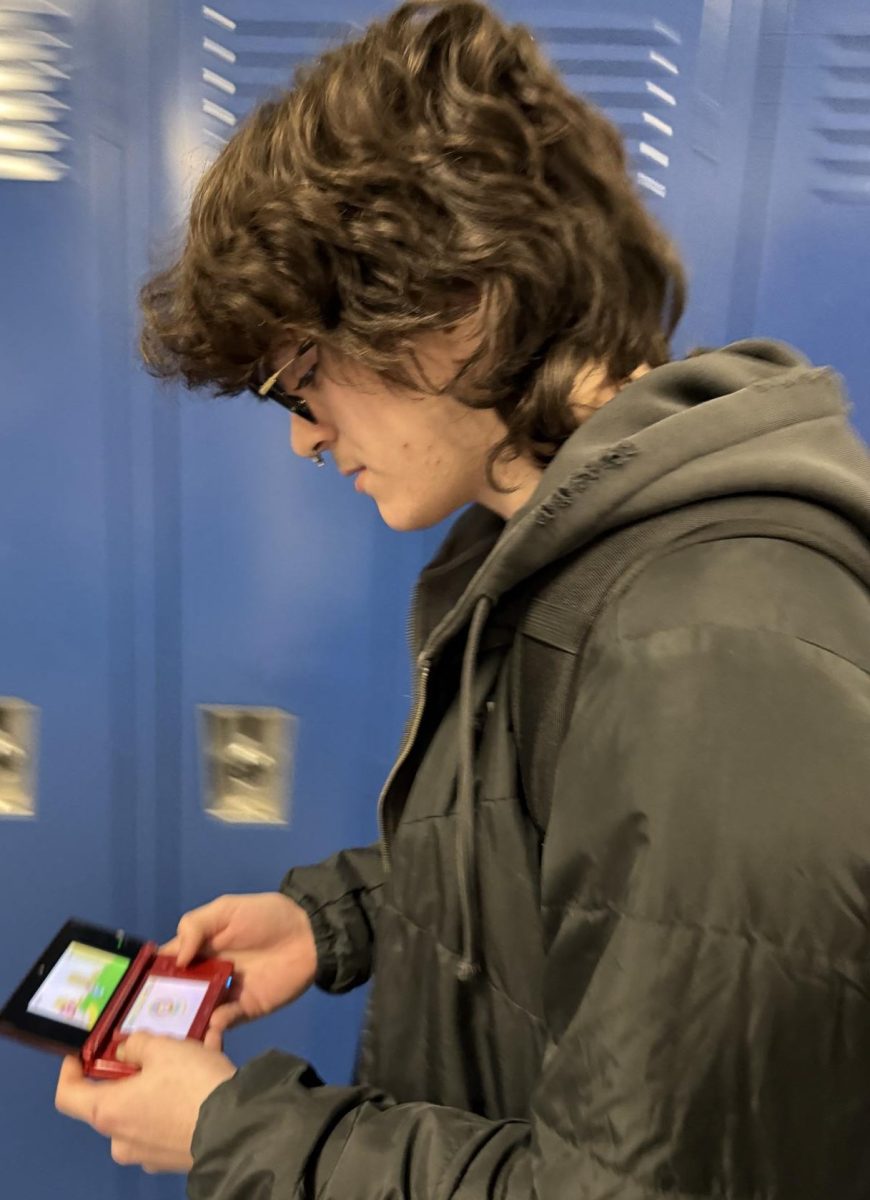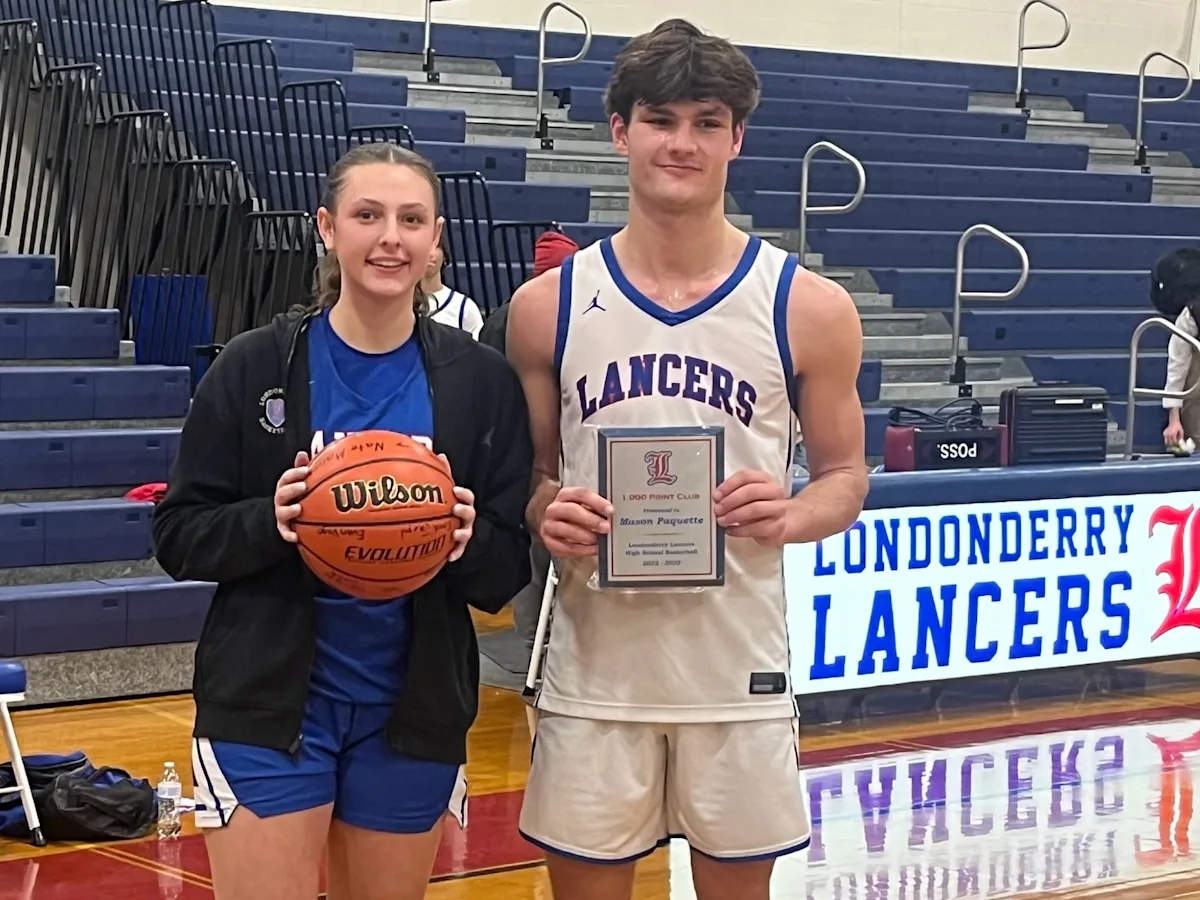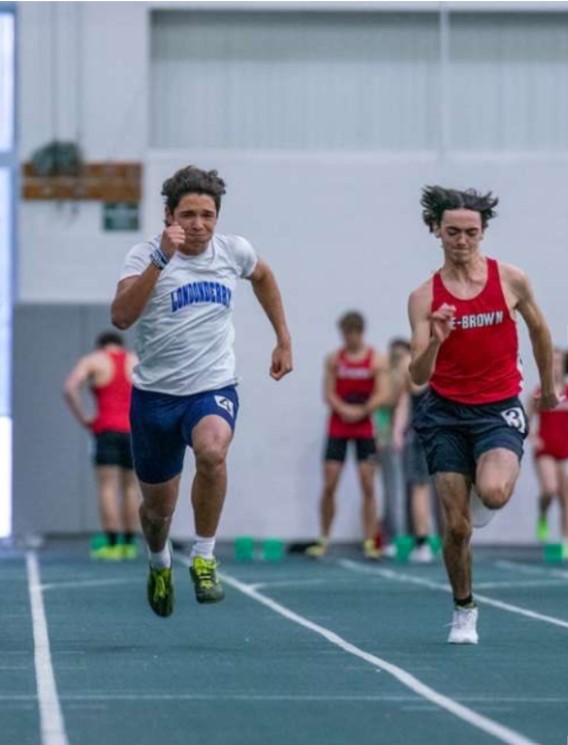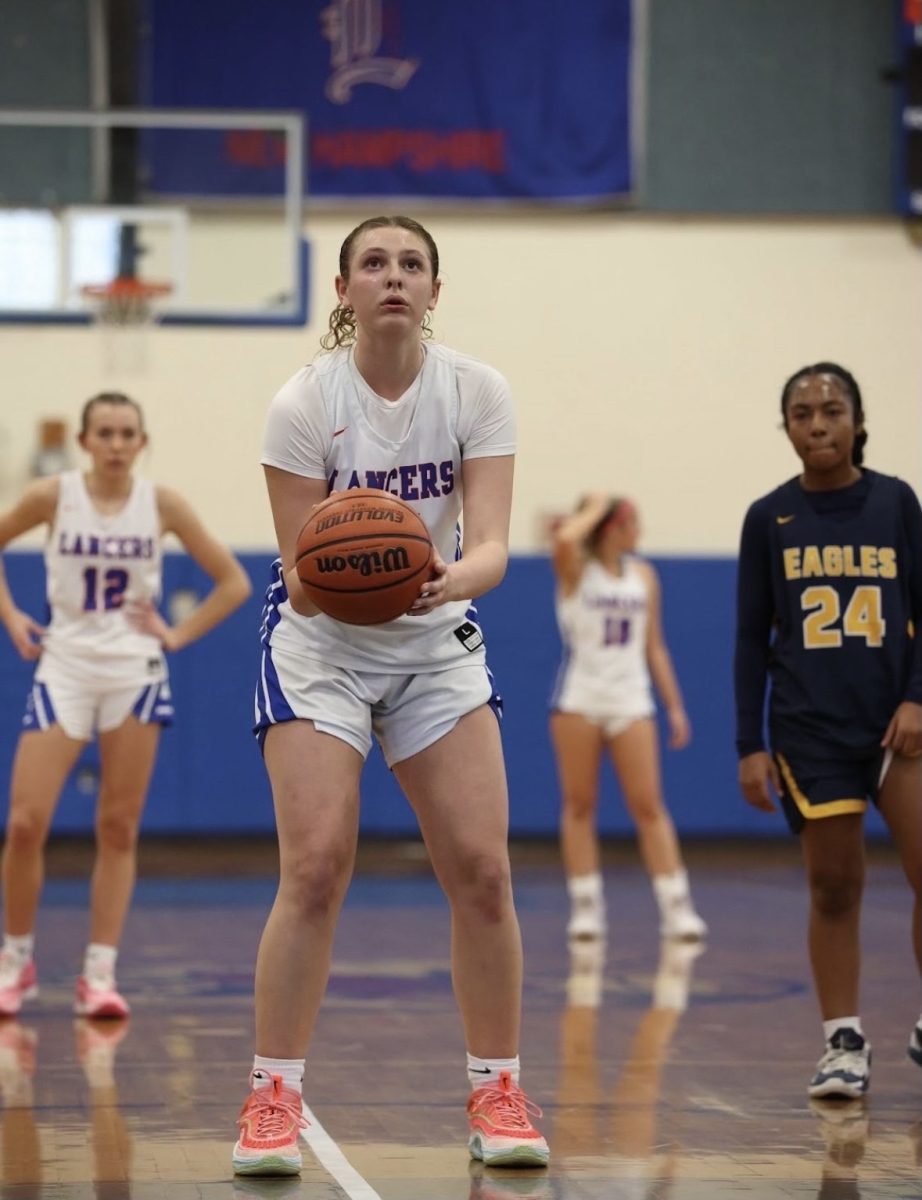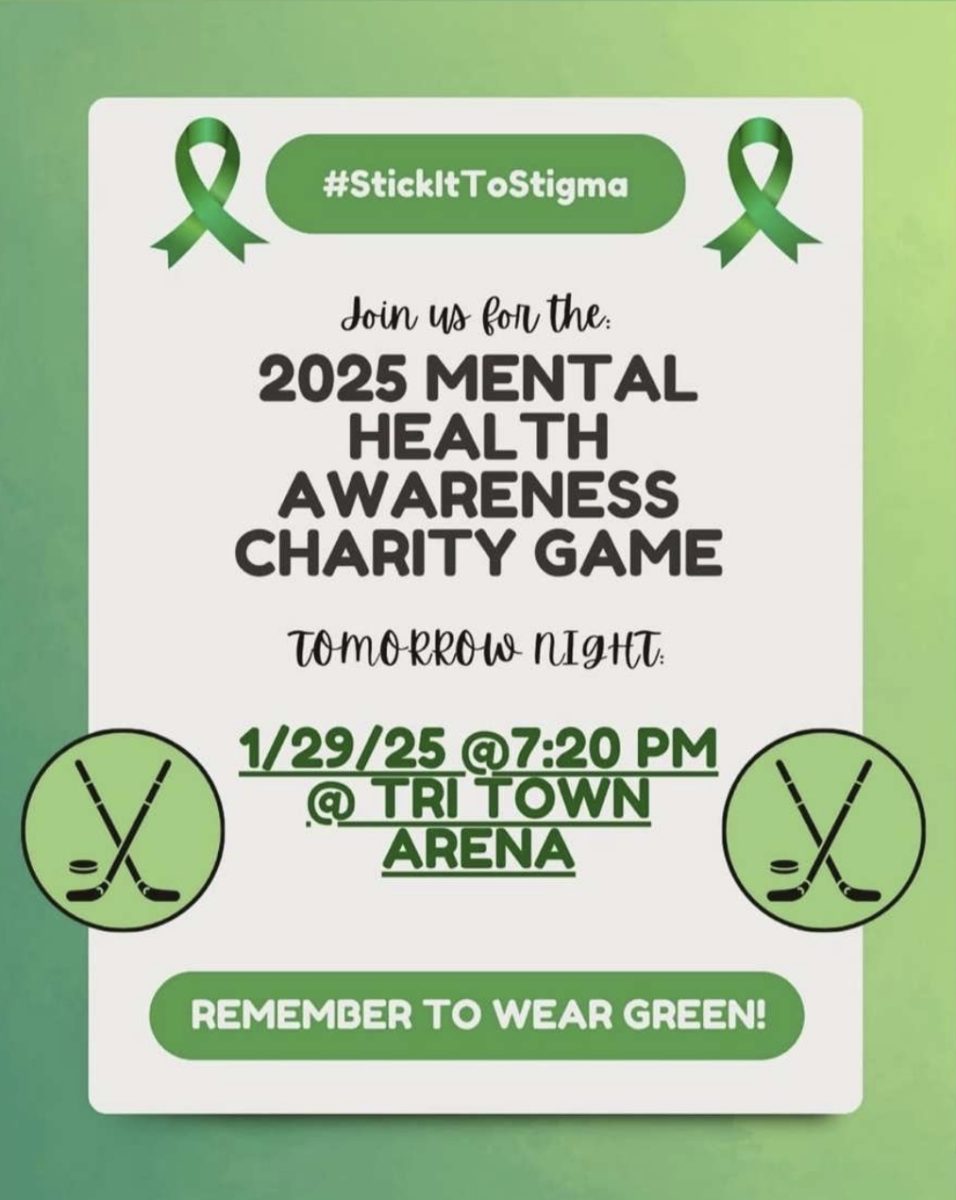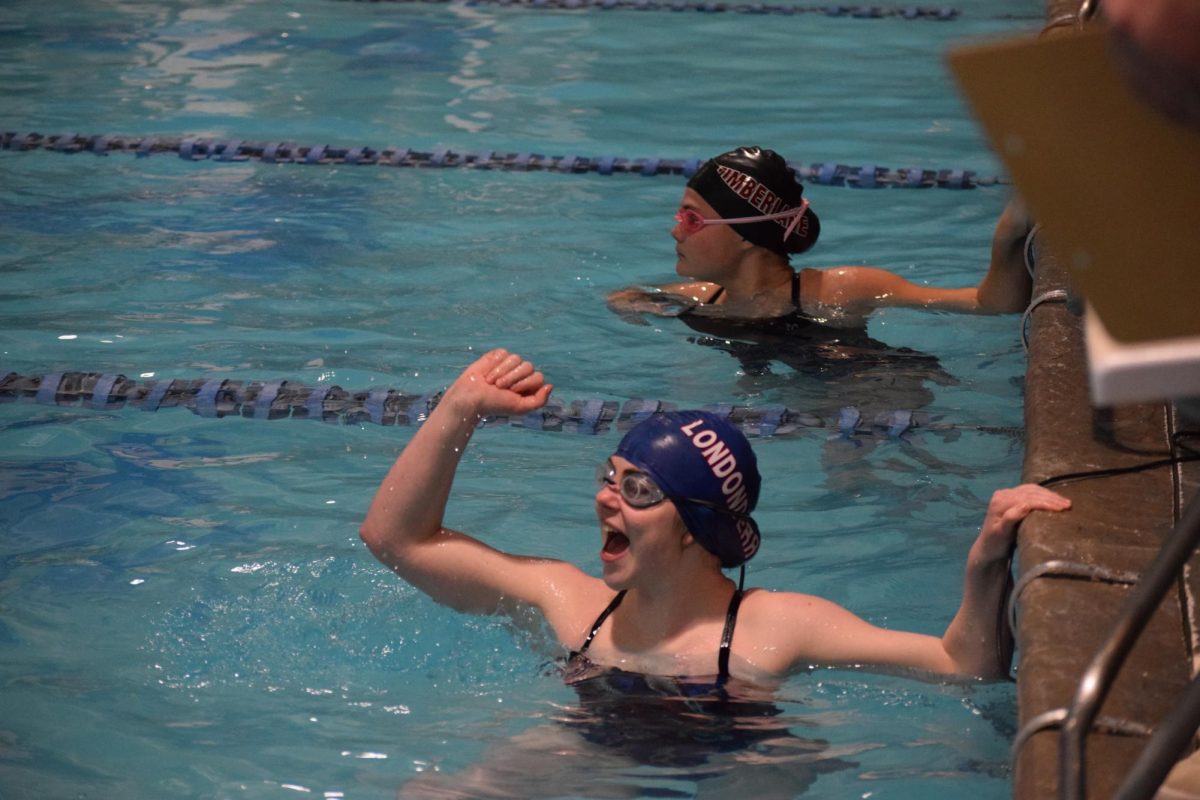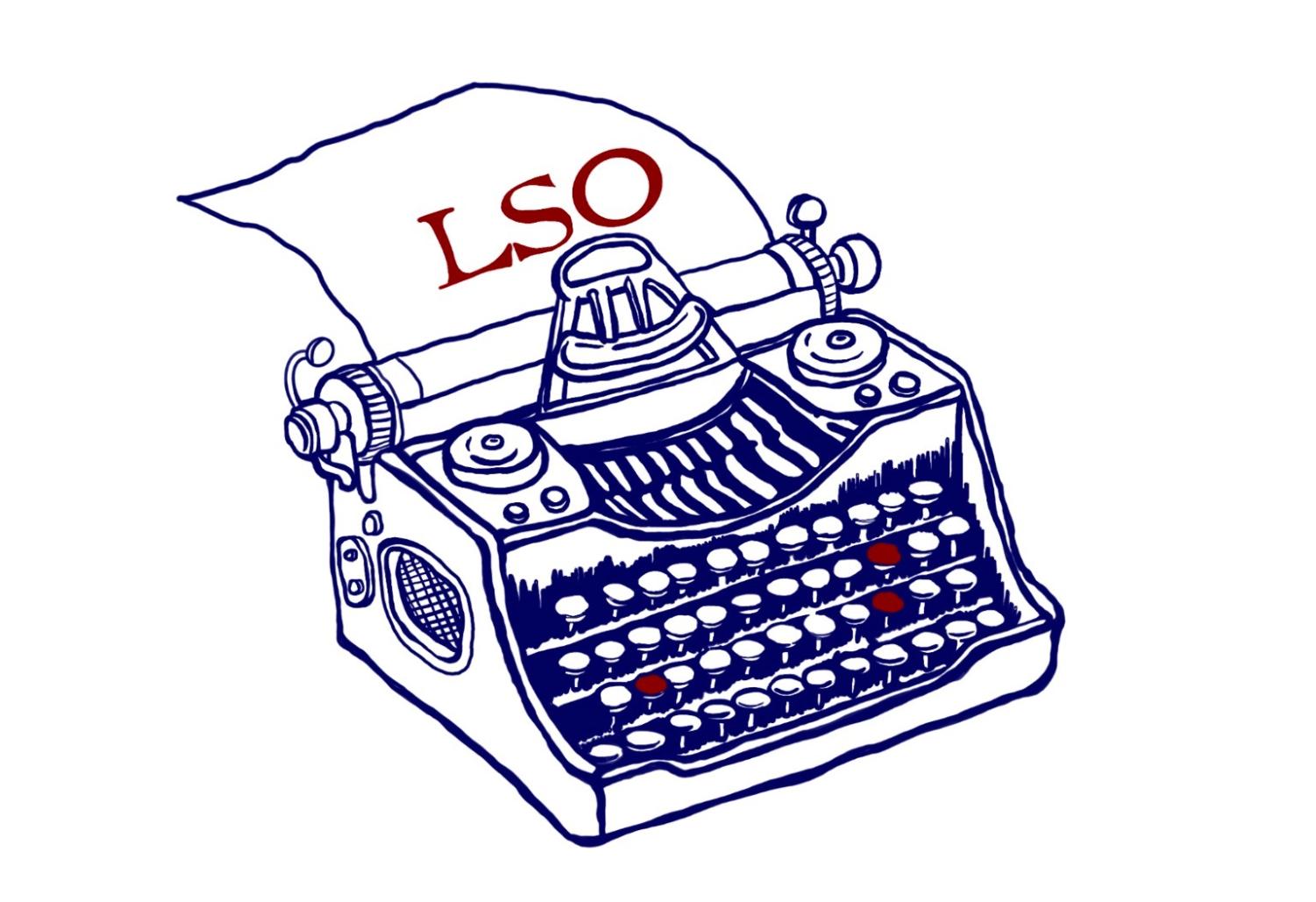The whistle blows. It hit another foot. Turnover. Another whistle. Turnover.
The cycle never ends.
Fans in the stands wonder why the whistle blows so often, but it is all apart of the game.
The rules restrict anything from using the curved side of the stick to kicking the ball. With playoffs approaching quickly, here are some of the basic rules of field hockey.
Teams
There are eleven players per team. This includes 10 players that can be arranged in a variety of different formations, and one goalie.
Positions
Generally, teams arrange players into defense, midfield, and forwards. Many teams include a single sweeper who acts as a last line of defense in front of the goalie. The minimum number of players needed for a game to be considered a regulation game is nine which includes the goalie.
Stick Basics & Handling
The right-hand side of the stick is rounded, while the left-hand side is flat. The ball can be played on the flat, left-hand side of the stick, or on its edge; it cannot be played on the rounded side.
Unfortunately for lefties, left-handed sticks are not allowed to be used in games.
Keeping the ball under close control is called dribbling, or stick handling.
Foot Foul
Field players are not allowed to use their feet, or any other body part, to control the ball. If the ball hits a player’s foot, the umpire will either award the other team a free hit or let the game continue if the other team gains an advantage.
Only the goalkeeper is allowed to use her hands, feet, and body to stop or strike the ball.
Air Ball
The ball is allowed to be lifted in the air as long as the referee does not consider the play to be “dangerous.” The referee will make the call if the ball could potentially hit or injure another player.
The general rule is that the ball should not be lifted above the knee within five meters of another player. An exception to this rule is when there are no players in the same proximity as the ball.
Scoring
Penalty corner- The team sets up along the circle with one player inserting the ball into play and the rest of the team executing the play in order to score a goal.
Penalty stroke- If a player from the opposing team or the goalie, is over aggressive or prevent a goal by covering or laying on the ball.
Direct Shot on Net- A goal can only be scored if the shot is taken within the circle, a semi-circular area in front of the opponent’s goal. The ball must be touched by a player on either team inside the circle for it to count as a goal.
Corner
A corner is awarded when the defensive team breaks certain rules inside the circle nearest their goal, or when a defender commits an intentional foul outside the circle but within the 25 yard line.
The game is stopped for a corner to allow time for both teams to set up for the corner. Defense is allowed five defenders, including the goalie on the end line. One attacker stands on the end line 10 meters away from the goal and pushes the ball out to the attackers on top of the shooting circle who are waiting to take a shot on goal.
The rest of the defensive team must stay behind the center line until the ball is pushed out by the offensive player. In order for a goal to count during a penalty corner, the ball must travel outside the circle before an offender can take the shot.
The receiver will then push the ball back into the circle for a shot to be taken. The shot must be taken inside the circle in order for the goal to count.
Stroke
A stroke is a single shot taken on goal by an offensive player chosen by her team. The goalkeeper is the only opposing player that can defend this shot. A stroke may be awarded for a number of reasons.
The most common reason for a stroke to be taken is when a defender commits a foul that directly prevents a goal from being scored.The shot is taken from a spot referred to as either the stroke mark or p-flick. It is located seven yards directly in front of the goal.
Game play is stopped during the penalty stroke and all players must stand outside the circle, 25 yards away. The player must push, flick or scoop the ball and is permitted to raise the ball to any height.
When the stick makes contact with the ball, it should make no distinct hitting noise; otherwise the umpire can negate the penalty stroke.
Free Hits
Free hits are awarded throughout the main part of the field. The most common fouls that lead to free hits are:
Obstruction- blocking the opposing team from getting the ball with your body
Interfering with the stick or body when tackling, trying to get the ball
Kicking the ball
In a free hit, the ball is given to the fouled team where the foul took place. The ball is placed on the ground and a player will re-start the action by passing it to a teammate, hitting the ball forward or backward, or through a self-pass (either by dribbling the ball or hitting it into space).
All opposing players must stand at least five yards from this player until the ball is put into play.
Obstruction
In the most general terms, obstruction is called when the ball is shielded from an opposing player who is trying to get the ball. Players often use their own bodies or sticks to block the ball, but third party obstruction is also called. Third party obstruction is called when a player runs between her teammate (who has possession of the ball) and an opponent trying to get the ball, blocking the opponent’s path.



